Column
Filter by Process Zone:
Why We Violate the Rules, Revisited
In many cases, rules actually produce unintended consequences that are far worse than the behaviors we are trying to shape. Let’s think through this food for thought together.
How Well Do You Know the Capabilities of Your Punch Machine?

Are you missing opportunities to produce parts profitably? Which of your parts currently require two or three machines to produce a completed piece? Let’s consider how you might put more profit in your pocket by producing those same parts with just your punching machine.
Micromachining: No More Constraints
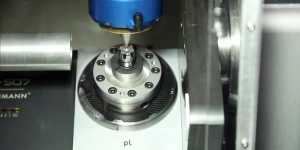
The latest femtosecond laser technology from Raydiance can reduce cost per part by 20 percent to 50 percent and reduce product design, prototyping and development from months to as little as 24 hours.
Understanding the Basics of Flux-Cored Wires
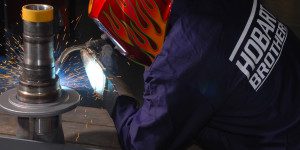
As with any filler metal, welders must weigh out the advantages and disadvantages of gas-shielded and self-shielded FCAW wires to determine if these are the best choice for their specific application.
Anticipated Growth in Manufacturing Should Refocus Worker Safety
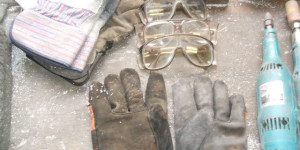
After adding nearly 570,000 jobs over the past four years, more growth is expected as production facilities re-shore to the U.S. Guest columnist Scott Corriveau explains why corporate executives, safety officials and equipment manufacturers must work together to identify unmet safety needs and prepare a new labor force for the hazards they may face.
CNC Collision Avoidance
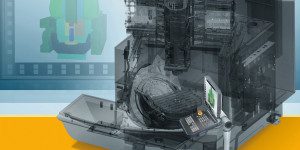
Sound the Alarm: More advanced CNC units provide full collision avoidance for both the machine builder and the end user alike, thereby protecting both the machine and the operator.
Remote Welding Controls Offer Benefits in Fabrication Applications, Too
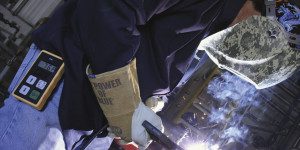
Beyond the field or jobsite, the benefits of remote control technologies in fabrication settings can be sizeable: more time spent welding and less time moving around; better welds resulting in less rework; and fewer cables to string and manage in the work area.
Safety: Are You Good or Just Lucky?
When safety systems are designed and managed to look at multiple areas of risk and analyze them in a holistic context, they provide a more useful way to measure safety than simply counting bodies and broken bones.
A Focused Look at Specialized Tooling
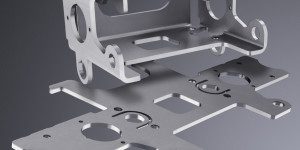
How do you find out if a specialized tooling solution is right for you?
The Real Marketing Revolution

Reject the idea that marketing is something companies do and, instead, embrace the view that the business of business is turning customers into marketers.
Robotic Integration

CNC allows the full and scalable integration of a robot into any machining operation, allowing shops and large production departments alike to do so much more.
Buyer Awareness
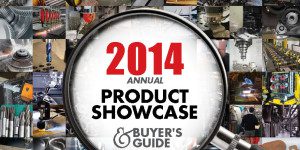
This issue is designed to help our readers research, plan and execute some of their most successful strategic investments over the coming year.















